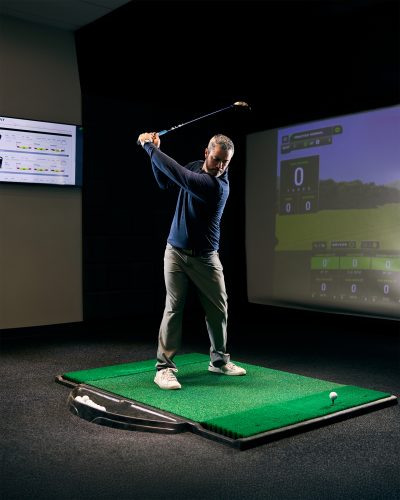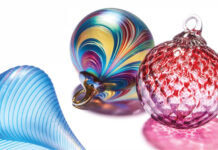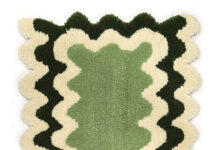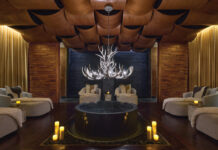
Patrick Nuber, director of instruction at Golftec’s Lone Tree location, has been helping golfers find the right clubs for nearly two decades. Growing up in a small Oklahoma town where hand-me-down clubs were the norm, Nuber learned to adapt to whatever landed in his bag. Now, he helps golfers maximize their performance with the right clubs—on average, his clients gain over 20 yards with drivers, improve accuracy by 5 yards, and boost ball speed across the board. We teed up with him to learn more. Here’s what he had to say.
For everyone: “Any skill level can benefit from getting fit. It identifies if your current equipment is hindering your performance or if we can find a better option to play with. For new golfers, ensuring the clubs you are learning with aren’t making the process harder is valuable. Golf is hard enough. Our data shows that the highest handicap golfers benefit the most from properly fit equipment. For better golfers, the value of getting fit is seeing how your equipment stacks up against new stuff and finding ways to make your good shots better and reduce the severity or frequency of your bad shots.”
Fitting factors: “As a fitter, you are looking at variables like ball speed, launch angle, spin rates, descent angles, and axis tilt, or the variable that produces curvature. Additionally, you need to understand club design and how it can impact those variables. In a fitting, you have somebody hit with a club they already have and identify where the weaknesses are. A good fitter knows how to then influence those variables positively via different elements of the club, such as loft or changing the club’s center of gravity location via movable weight or using a different model or brand altogether.”
Happy medium: “If you are a new golfer, you don’t have to spend $3,000 on new clubs, but that doesn’t mean the $300 set is going to be right, either. There are lots of good alternatives in the middle that make sure the clubs are as good as they could be within reason to make learning the game easier.”
Trending tech: “Launch monitors are pretty much commonplace these days, but they weren’t always. The days of fitting on a range without a launch monitor are mostly over. As for club design, the use of carbon fiber in drivers allows OEMs to save weight and relocate it to change how it will play. Additionally, it is strong and lightweight, which is good for durability and swing speed. Another trend you see in irons is increasing loft across the set. This higher loft option with advancements in iron technology allows the golfer to take advantage of more distance while not losing the ability to stop a ball on the green. For those with slower swing speeds, keeping the ball in the air longer also improves their overall distance.”
















